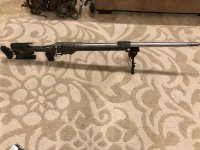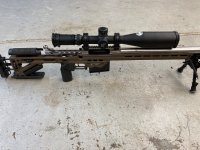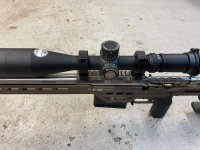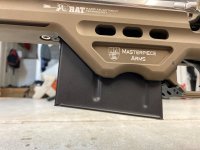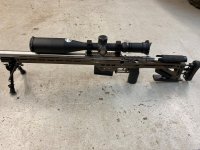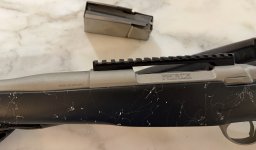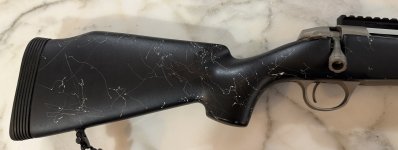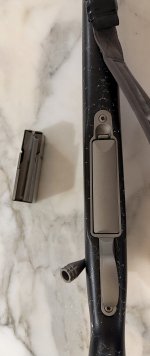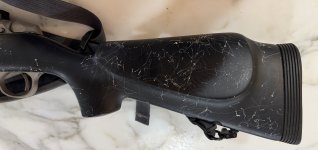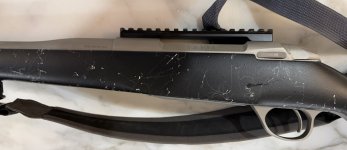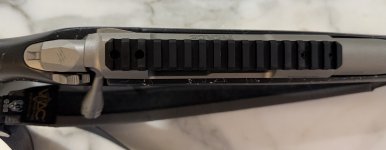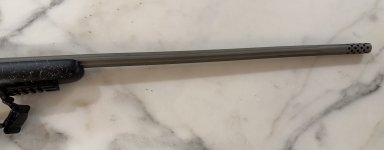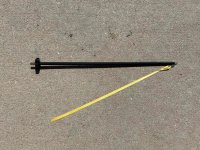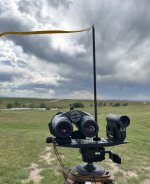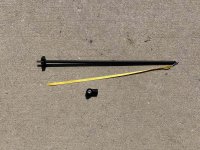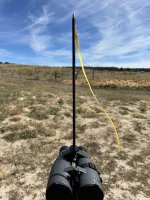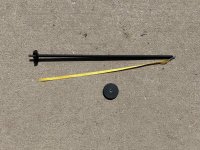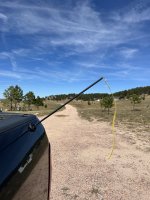Some background for context: In a previous life I was very much into weightlifting, power lifting and the science/programming angle. I recall an interview/podcast with a former member of the Bulgarian Olympic Weightlifting team, Max Aita, where he discussed their training methods and said that because they spent so much time training their lifts at their one-rep max, that on any given day he could walk into a gym and front squat 440# at a moments notice. No warmup, no preparation, just load the bar and go. Which is absolutely super-human strength, like unfathomable strength, and mental strength.
This led me to consider a parallel to precision rifle shooting: On ANY day, with your current skill level and your current equipment, with no preparation, what is the furthest distance you can confidently first-shot impact a 1 MOA target? 1/2 MOA? No warm, no practice, no dry-fire: setup your rifle system and send a single shot. What equipment are you using?
What distances would you consider to be bad, average, good, great, world-class in terms of precision rifle shooting capabilities?




